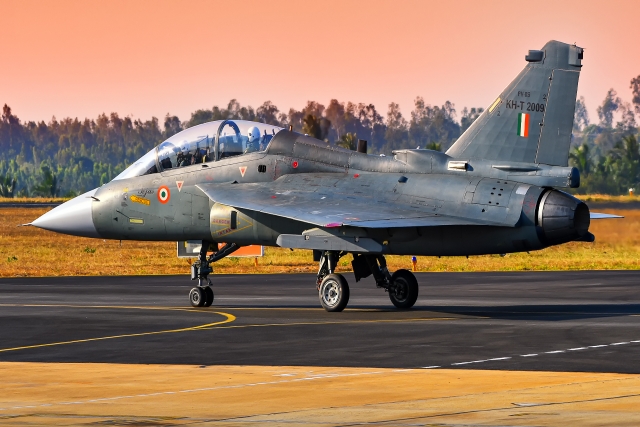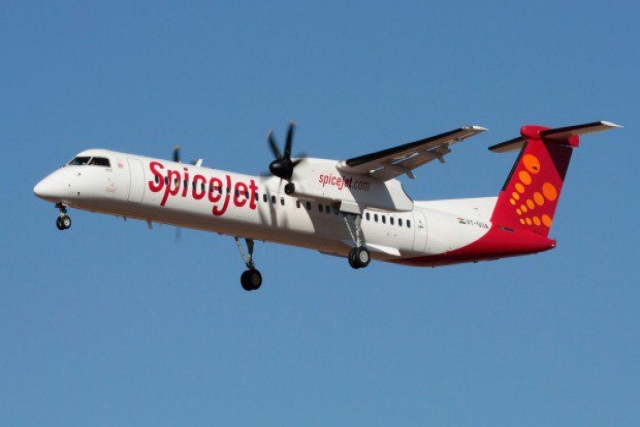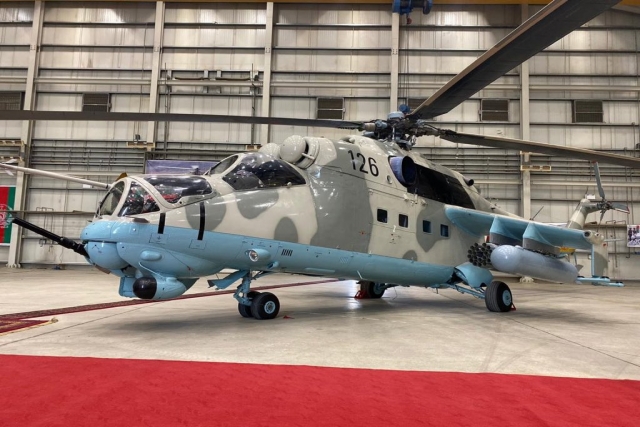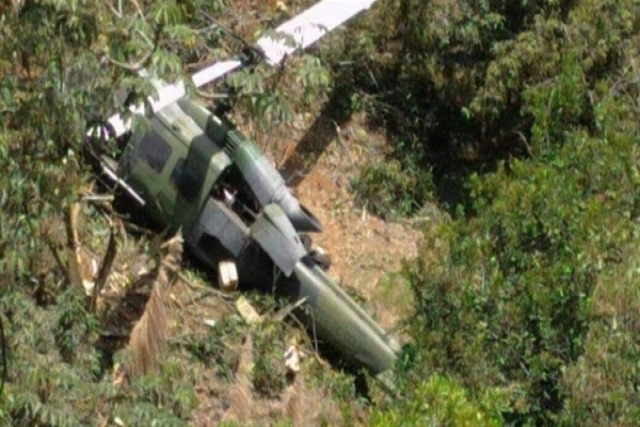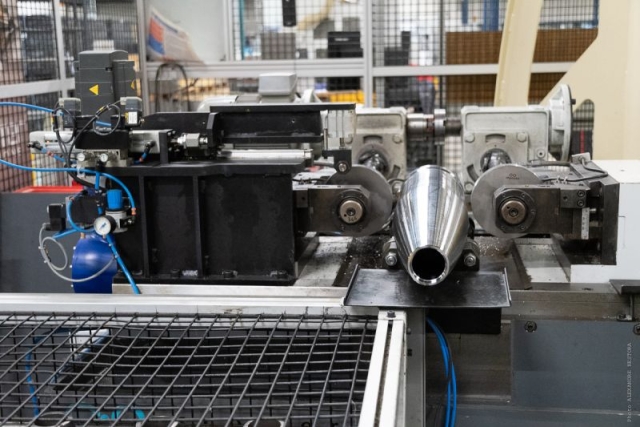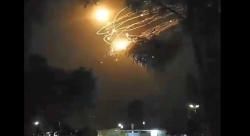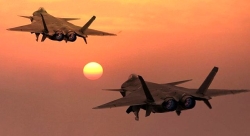India to Develop Air-launched Swarm Drone Systems, Stealthy AI-enabled Combat Drones

India’s state-run Hindustan Aeronautics Limited (HAL) is developing a swarm drone system dubbed “Alpha-S,” designed to be launched from fighter aircraft, and a stealthy Artificial Intelligence (AI)- enabled robot wingman.
HAL has teamed up with Bengaluru-based start-up NewSpace Research and Technologies to develop air-launched swarm drone systems, glide bombs and stealthy robot wingman drones. This is a part of their Combat Air Teaming System (CATS) programme initiated in 2017. The programme is being run at HAL’s flight testing facilities in Bengaluru and in New Delhi, DH reported Sunday.
The new robot wingman is an unmanned aircraft half the size of a regular fighter and armed with stealth features. Armed with AI, the drone is designed to fly nearly a 100km ahead of a conventional fighter to engage enemy threats, the report said.
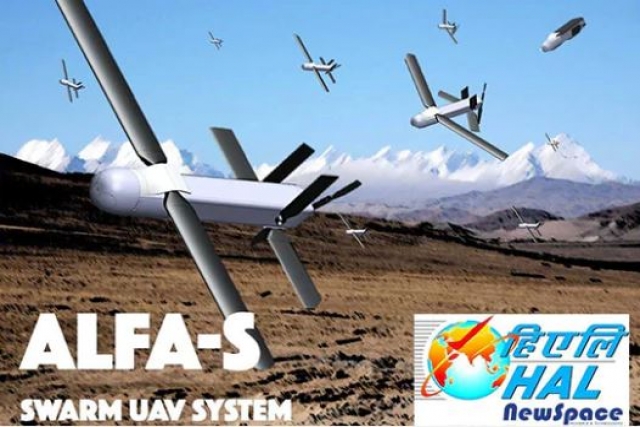
The Alpha-S swarming drones are about 1-2 meter long, capable of carrying 1.5 tonnes of explosives and designed to be air-launched from panniers carried aboard fighter jets. The pilots fly to a point where they are safe from enemy aircraft and missiles and release the drones.
When deployed, the drones fly in formation at speeds of 100 kmph, scouting for targets of opportunity, including missile sites. Once the target is identified, the swarm dives, kamikaze-style, to obliterate the target.
The drones, which then deploy their wings, are powered by a battery which propels them to speeds of over a 100 kilometres per hour. The batteries are designed to last for a couple of hours by which time the drone swarms should be approaching their targets.
“The Alpha-S system is so compact that a Sukhoi Su-30 is capable of carrying 30 to 40 drones,” said Group Captain Harsh Vardan Thakur of HAL’s Flight Operations Unit.
The first drone prototypes are likely to be deployed from Hawk Advanced Jet Trainers being built under licence at HAL.
The drones are fully networked with each other through electronic data-links. Using their infrared and electro-optical sensors, they detect targets such as surface-to-air missile units, enemy radars and aircraft on the ground. Each drone is designed to be smart enough to 'learn' about what it detects before targets are assigned to individual drones.
Although CATS has been tested for the Indian Air Force (IAF) in Pokhran, Rajasthan state, Thakur clarified that “the technology still requires a lot of work.”

